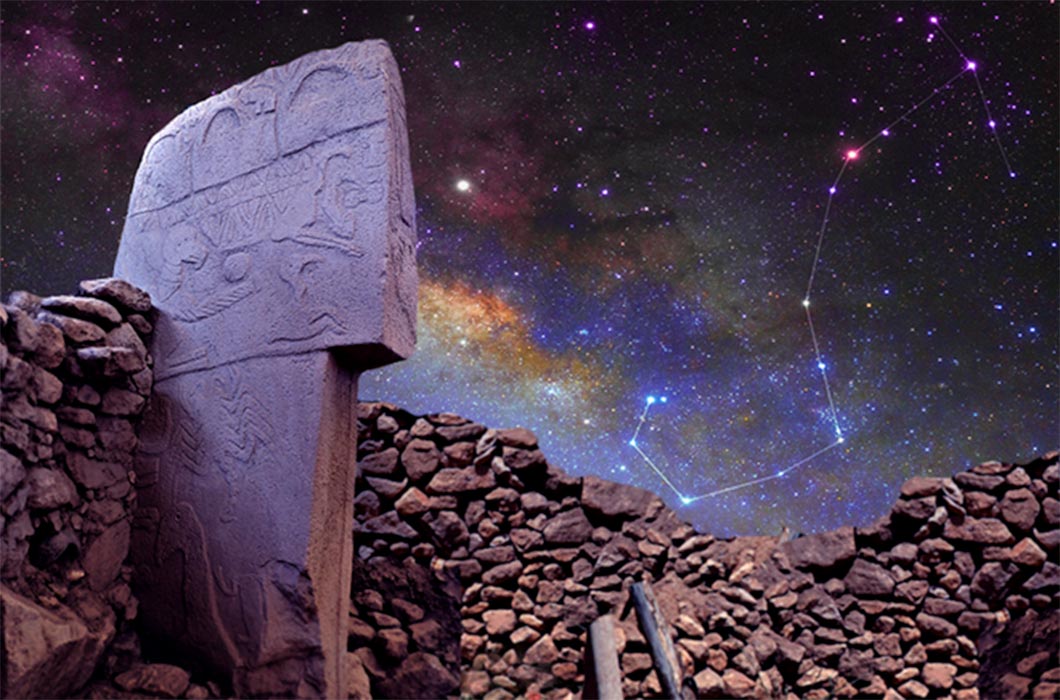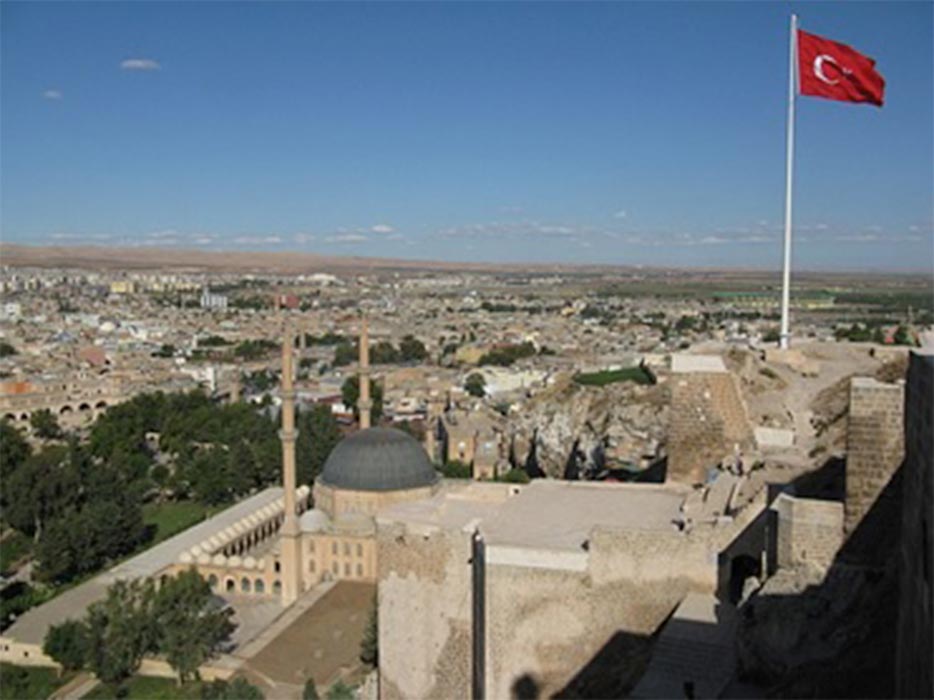
Göbekli Tepe: Enoch’s ‘Art of Building’ Hidden in the Bowels of the Earth
From its initial discovery in 1994, ancient Anatolia's Göbekli Tepe has closely guarded a mysterious secret. Although the secret has been scrutinized and probed in great detail, the answer still remains elusive. Could it relate to Enoch’s stone records hidden in the bowels of the earth? Almost 12,000 years ago a previously unknown but sophisticated people accomplished what was considered to be, for their time at least, a seemingly impossible feat of megalithic construction. That much is now firmly established and answers the "when, where, and who" questions most journalists ask. Given the fact that archaeologists have discovered the nearby quarry where the intriguing pillars of Göbekli Tepe were hewn out of the limestone bedrock, as well as thousands of flint and obsidian tools used to carve the great stones, the "how" question is addressed as well.

Panorama of Şanlıurfa ( Alen Ištoković / CC BY-SA 3.0)
Why Did They Build Göbekli Tepe?
That leaves "why?" That is the closely guarded mysterious secret. The structures found on Potbelly Hill, a short half-hour drive northeast of Turkey's Şanlıurfa airport, defy any attempt at easy solutions. They are much too large, massive, and intricately decorated for simple dwellings. They were constructed before the Agricultural Revolution and the invention of pottery, at a time when the human race was previously thought to be too primitive, too few in number, and too busy with day-to-day subsistence for such a labor-intensive endeavor. So, the question hangs heavy over the whole discovery: “Why did they do it?”
What motivated them? Does Göbekli Tepe represent a sudden and unexpected major step forward in human evolution—a kind of artistic and creative quantum leap? Did the builders develop the technical skills all on their own? Or are there other factors involved? The answers to those questions depend on who asks them and how much the inquirers are influenced by their point of view and vocational training.

Archaeological excavations at Göbekli Tepe (Rolfcosar / CC BY-SA 3.0)
The Archaeologist
Archaeology is a highly advanced, technical science, requiring specialized training and a comprehensive course of study, coupled with many years of experience both in the field and the library. Although creativity is a requirement, it is not a craft that can indulge in much speculation. It takes dedicated effort to uncover the clues and artifacts found on and in the ground, match them against existing finds elsewhere, compare notes, and arrive at tentative conclusions. Indiana Jones may have been a great movie character, but he was far from the stereotype of a real archaeologist.
- Göbekli Tepe, Birth of Civilization and Religion
- Did an Astronomical Body Cause the Global Floods of Ancient Myths with Its Gravitational Tidal Floods?
- Common Cosmic Symbolism: Is Göbekli Tepe Ancestral to Ancient Egypt?
So, when archaeologists look at Göbekli Tepe, they do so with a mind free from the distractions of speculative imagination. They consider evidence which is discovered inch by dusty inch. What they have found at this mysterious site indicates that a Pre-Pottery Neolithic ("New Stone") culture was at play. It predated the wheel, agriculture, writing, cities, and towns. Stone tools are found in abundance, probably garnered from quarries near what is now Şanlıurfa, with no evidence of anything more advanced than flint chisels, hammers, and other gouging tools being employed.





